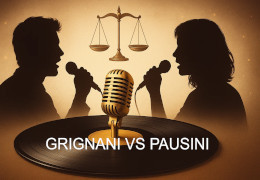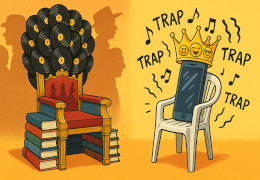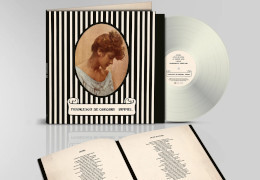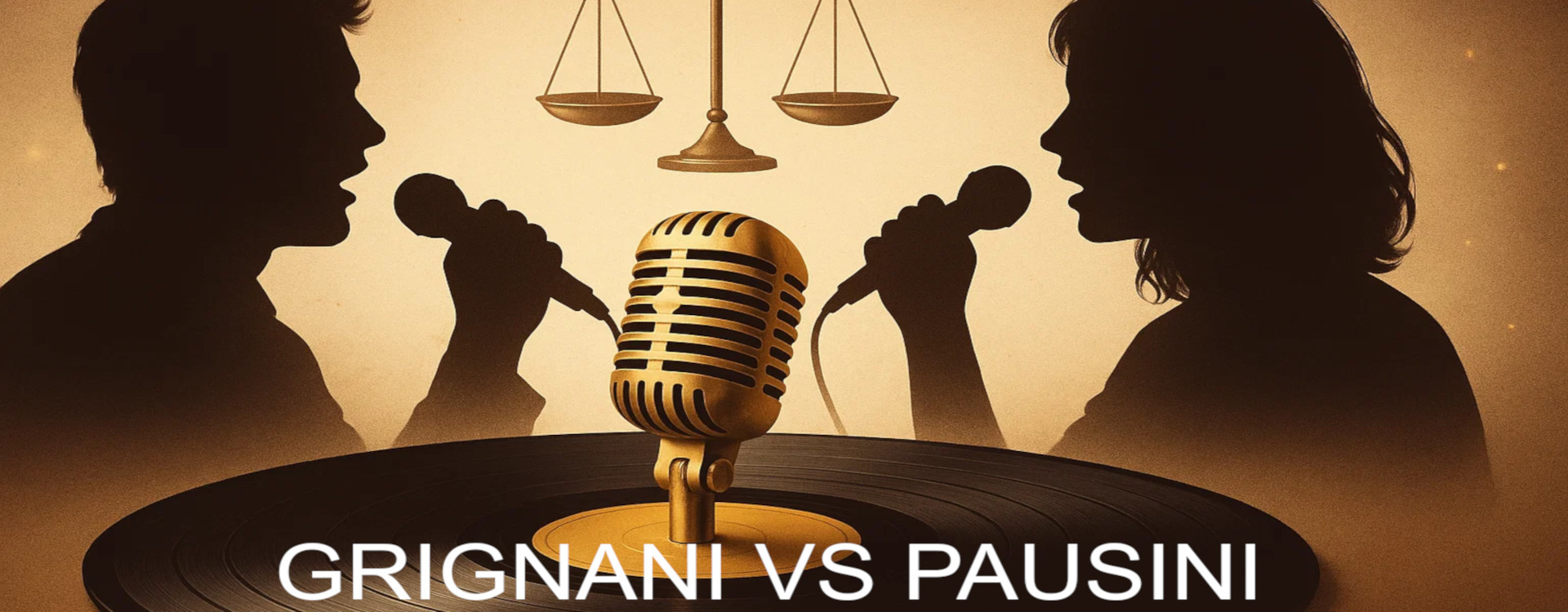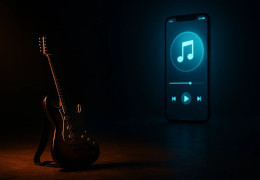Gianluca Grignani’s warning to Laura Pausini: what it really means and the possible consequences in the music world
The reported warning sent by Gianluca Grignani regarding Laura Pausini’s new multilingual cover of La mia storia tra le dita has reignited debate around authors’ rights, integrity of the original work, and label practices. Here’s a neutral explainer of what a “warning” (diffida) is, why this story resonates, and how similar disputes have been handled in the past.
The news: what happened
Media coverage has described a dispute between the original authors and the team behind a recent cover version, focusing on whether certain lyrical variations may affect the meaning of the song and on what permissions are required. Statements and counter-statements have emphasized, respectively, the integrity of the original text and the existence of necessary authorizations. This article remains neutral and explanatory while the parties clarify their positions.
What a “warning” (diffida) is in music
- Formal out-of-court notice: a written request to stop or remedy a conduct deemed harmful (e.g., use/alteration of a work), with potential legal action announced if ignored.
- Not a lawsuit: it can precede, replace, or avoid litigation; it “fixes” each side’s position in writing.
- Typical areas: authors’ rights, adaptations, cover versions, sampling, licenses, and contractual matters.
In cover disputes, the core issue is often the integrity of the work versus the scope of authorized changes (lyrics, arrangement, language adaptations).
Why this story draws attention
- Artistic: classic songs have strong identity; any change is felt by fans and authors.
- Industry: global artists, major labels, and multilingual markets amplify visibility.
- Legal: it highlights the balance between moral rights (integrity, attribution) and economic rights (exploitation, licensing).
Not the first time: background and precedents
Disputes over covers and adaptations are common. They often revolve around the threshold between “reinterpretation” and “alteration” and are resolved through private agreements or court decisions that define what changes are admissible.
Other notable cases and how they ended
- Lucio Battisti& Mogol: disagreements over control and management of works marked the duo’s split. Rights management became central in later years; access to certain projects was limited until editorial agreements gradually restored availability.
- Claudio Baglioni – “Questo piccolo grande amore”: a 1970s Spanish version featured significant lyrical changes. The author later expressed reservations, yet the song remained part of his repertoire without ongoing litigation.
- The Beatles: post-breakup disagreements over rights and releases led to cases in the 1970s; most were settled out of court with clearer splits of rights and revenues.
- Katy Perry – “Dark Horse”: the authors of Joyful Noise (Christian hip hop, 2008) alleged infringement. An initial verdict awarded damages, but in 2020 the decision was overturned on appeal, finding the musical similarities insufficient to constitute copyright violation.
These examples show that outcomes vary: many close with settlements (clarifying credits, licenses, or versions), while others hinge on judicial assessments of whether changes harm moral or economic rights.
What could happen next (scenarios)
- Document checks: parties clarify permissions and the limits of allowed changes.
- Corrective agreements: revised editions, editorial notes, or joint statements.
- Litigation: if no agreement emerges, civil action may test integrity and damages.
- Market effects: controversies often spike streams and sales of both the original and the new version; image effects can vary in the short term.
Quick glossary
- Warning (diffida)
- Formal notice requesting to stop/remedy a conduct; may precede legal action.
- Cover
- New interpretation of an existing song; usually licensed; textual changes may require specific approvals.
- Moral rights
- Protect the personal bond between author and work (attribution, integrity); often inalienable.
- Adaptation/variation
- Changes to lyrics or music; typically require specific consent from rights holders.
Conclusion
Beyond headlines, the key question remains: how far can a cover reinterpret lyrics without infringing the integrity of the original work? The answer depends on contracts, permissions, and—if needed—a court. Meanwhile, the debate helps listeners understand how rights, licenses, and responsibilities actually work in today’s music industry.




